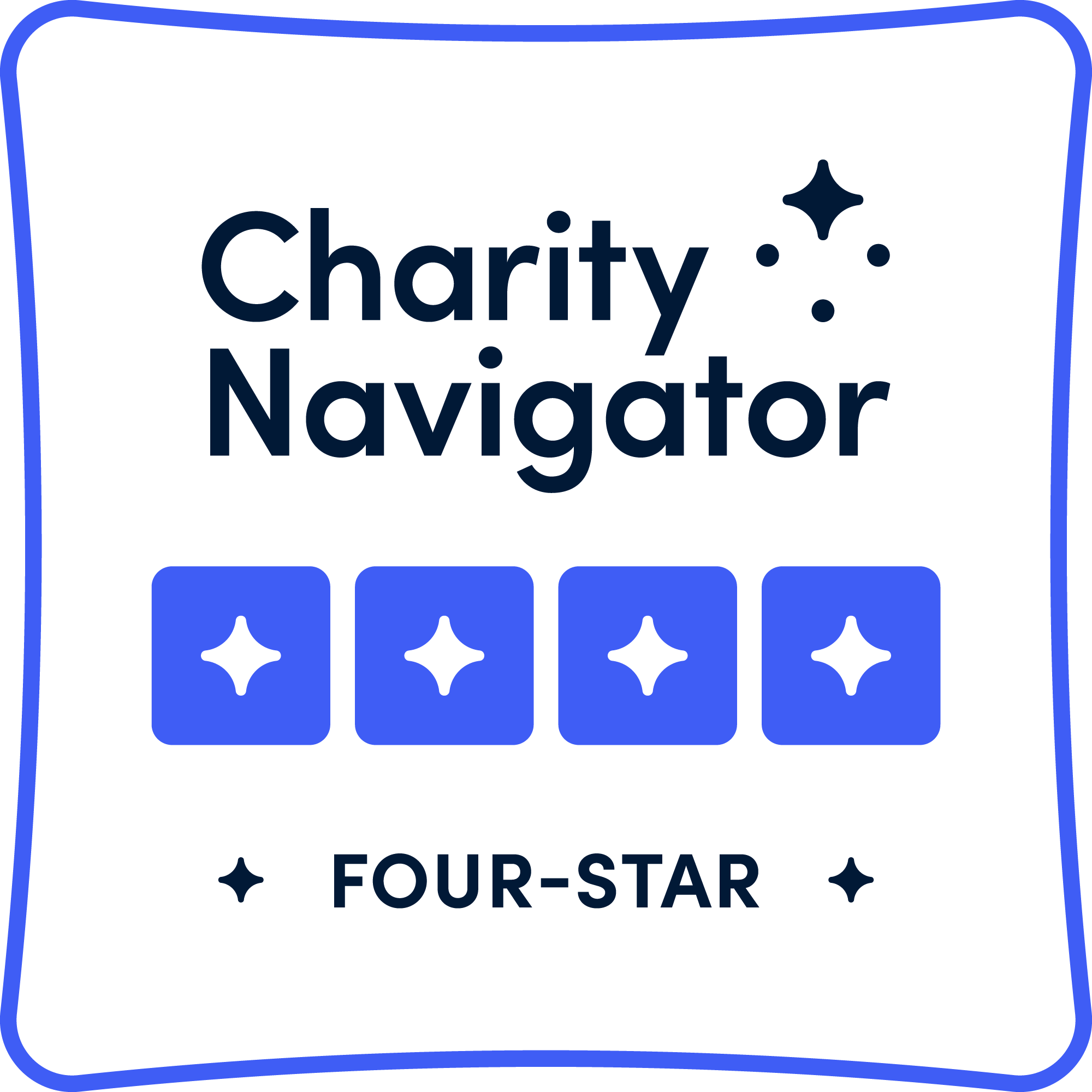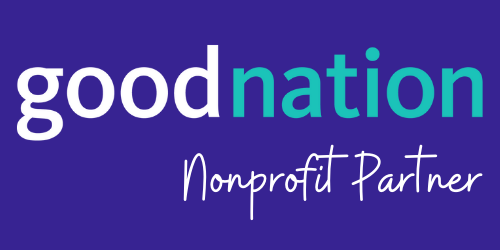Shifting Donor Behavior to Address the Attention Gap
HIGHLIGHTS
- Strategic design choices at key moments of choice can increase giving for smaller organizations that are less likely to capture donor attention.
- Simple behavioral interventions, like limited choice sets and intentional framing, can increase donations to underfunded organizations.
- Platform-based interventions create opportunities to address funding gaps, at scale.
The Challenge
Following the 2020 movement for racial and social justice, many institutions publicly acknowledged the deep inequities that persist within their organizations and industries. Yet, in 2025, we’ve seen how progress can stall, or even backslide, amid ongoing political and cultural upheaval. At ideas42 we have continued to investigate the deeper, often invisible drivers behind individual decisions that influence outcomes for social good.
We see stark disparities in philanthropy and nonprofits, despite increased attention to racial equity. For example, nearly 77% of Black-led nonprofits operate on less than $500,000 a year, with almost a third managing on just $30,000. BIPOC-led organizations’ endowments are nearly four times smaller than those of white-led peers, and on average, Black-led nonprofits operate with 24% less revenue than white-led ones. Small nonprofits, in general, also face resource constraints, unpredictable and/or insufficient funding, and increased need—they’re being asked to do more with less.
Behavioral science shows us that this gap is not just about funding, it's about visibility, biased mental models, and limited attention. We believe that the funding gap is at its core an attention gap, rooted in long-standing patterns of bias, exclusion, and structural racism.
Our Approach
To explore this problem, our team asked a simple but critical question: When asked, will donors give to smaller, underfunded organizations?
To answer this, we partnered with Charity Navigator to explore how donors would engage with thoughtfully designed recommendations. Through our research and conversations with donors we identified several behavioral barriers that make it harder for donors to discover and give to organizations working to advance equity in their local communities.
- Limited attention: People tend to focus on familiar names or high-profile organizations, often because they have more resources (e.g., marketing) to capture donor attention.
- Mental models: Donors may equate size or popularity with trustworthiness or impact.
- Status quo bias: People default to what they’ve done before, including donating to the same organizations.
- Choice overload: With so many nonprofits out there, decision fatigue can make it difficult to decide.
Results
To address these challenges, we designed interventions aimed at capturing donor attention in key moments, narrowing choices to reduce friction in the decision-making process, and offering compelling giving opportunities that expand donor mindsets.
We tested our recommendations during the 2023 and 2024 giving seasons through two distinct pilots on Charity Navigator’s platform.
Equity Boost 1.0: Post-Transaction Recommendations via Email
- Approach: After completing a donation, users received follow-up emails recommending underfunded organizations aligned with their cause area of interest.
- Key Variables Tested: Whether donors would engage with nonprofit recommendations and whether providing a matching donation offers increased engagement.
- Results:
- Emails without a match led to higher click-through rates, indicating curiosity and interest.
- However, emails with a match generated more donations and greater generosity per donor.

Sample email with no matching offer from the Equity Boost 1.0 pilot.
Equity Boost 2.0: Pre-Transaction Recommendations via Pop-ups
- Approach: While browsing the Charity Navigator platform, users located in three target states (Alabama, Louisiana, and Mississippi) were shown pop-ups suggesting a list of local, underfunded nonprofits.
- Key Variables Tested: Impact of different language framings (e.g., emphasizing proximity vs. “deservingness”) on donor behavior.
- Results:
- Recommended nonprofits saw a 43% increase in unique visitors and an 18% increase in profile views.
- The “deservingness” framing led to the highest engagement.
- Donations to recommended nonprofits through Charity Navigator’s Giving Basket increased by 165%, while average gift size increased 65%, leading to a 253% increase in total dollars donated.

Sample pop-up messages from the Equity Boost 2.0 pilot.
Takeaway
These results show that small behavioral design choices—timely recommendations, thoughtful framing, and narrowed choices—can meaningfully encourage donor behavior toward equity. Donors do give when asked, especially when friction is reduced and the value of the organization is made clear. Our findings suggest that donors are interested in supporting smaller local nonprofits, but these organizations must be visible at the right moment.
For practitioners, funders, and platform partners, this opens up new opportunities to:
- Redistribute attention and dollars toward organizations that are often overlooked
- Expand equitable access to philanthropic capital
- Improve donor experiences by aligning values and actions
- Design smarter, more inclusive giving opportunities
We’re excited to continue exploring and scaling these insights, and we’re actively seeking collaborators who share this vision. To learn more about how we can work together to reshape how giving happens, email jshafer@ideas42.org.


